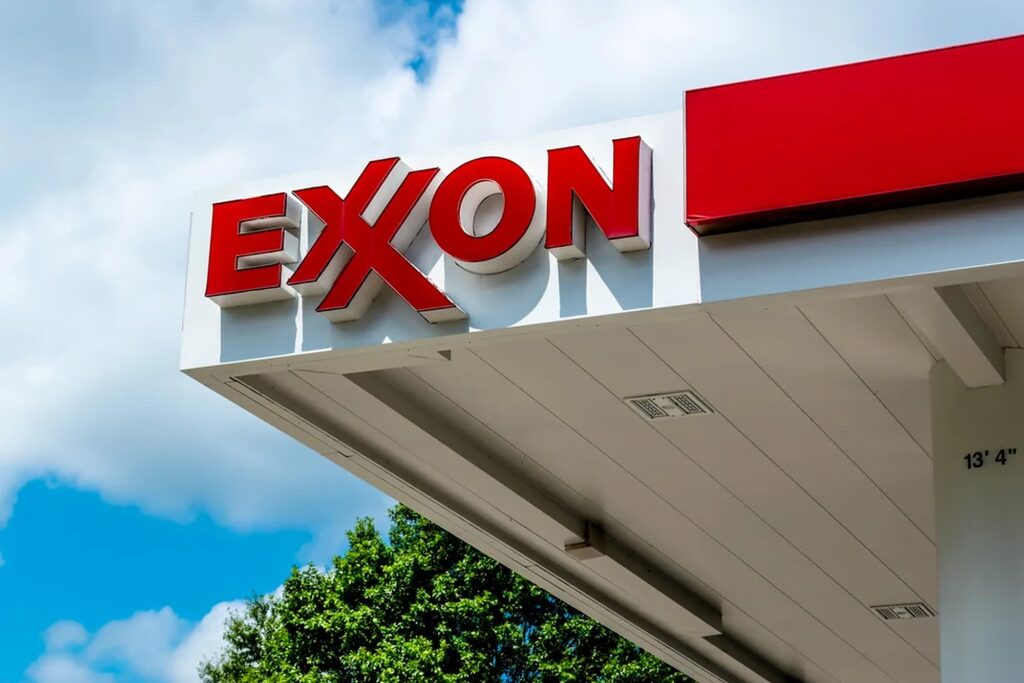Exxon Mobil Corp (XOM.N) reported a 28% year-on-year decline in first-quarter profits, falling short of analysts’ expectations due to weaker refining margins and lower natural gas prices despite volume gains.
This downturn mirrors the trend in the industry, as other oil and gas companies like Chevron (CVX.N) and TotalEnergies (TTEF.PA) also experienced challenges attributed to decreased natural gas prices after an unusually warm Northern Hemisphere winter.
Exxon’s first-quarter earnings dropped to $8.22 billion from $11.43 billion a year ago, with a profit per share of $2.06, missing Wall Street analysts’ consensus of $2.20 per share.
Earnings from oil and gas production fell by 14%, primarily due to lower natural gas prices, while refining earnings plummeted by 67% due to weaker fuel margins, mark-to-market derivatives, and increased maintenance costs.
However, the chemicals business saw a significant increase in earnings, more than doubling on account of lower input costs and higher margins.
Chief Financial Officer Kathryn Mikells noted that despite the decline, these results were the second-highest for a first quarter in the past decade, trailing only behind the previous year.
The discrepancy from analyst expectations was partly attributed to tax and inventory balance sheet adjustments, which Mikells described as typical fluctuations.
Exxon highlighted lower costs and increased volumes from its operations in Guyana, where production exceeded expectations.
Analyst Peter McNalley noted that oil volumes surpassed expectations, particularly driven by production in Guyana, reaching a record 600,000 barrels per day.
Exxon’s capital spending last quarter was the lowest in seven quarters, while its efforts to streamline operations contributed to expanding structural cost savings by $400 million.
The company added $1.7 billion in cash during the quarter, ending with $33.3 billion.
Regarding its pending acquisition of Pioneer Natural Resources (PXD.N), Exxon expects to finalize the $60 billion deal soon.
The integration process has already begun, with a dedicated team working separately from the business.
This acquisition is poised to make Exxon the largest oil and gas producer in the top U.S. shale field, with forecasts to reach 2 million barrels per day in 2027.
Exxon is also embroiled in a dispute with Chevron and Hess over assets in Guyana, subject to international arbitration.
The outcome will determine the fate of Hess’ stake in the Guyana joint venture, which is coveted by Chevron as part of its proposed takeover bid.
Mikells emphasized that the dispute is solely about clarifying contractual rights.
